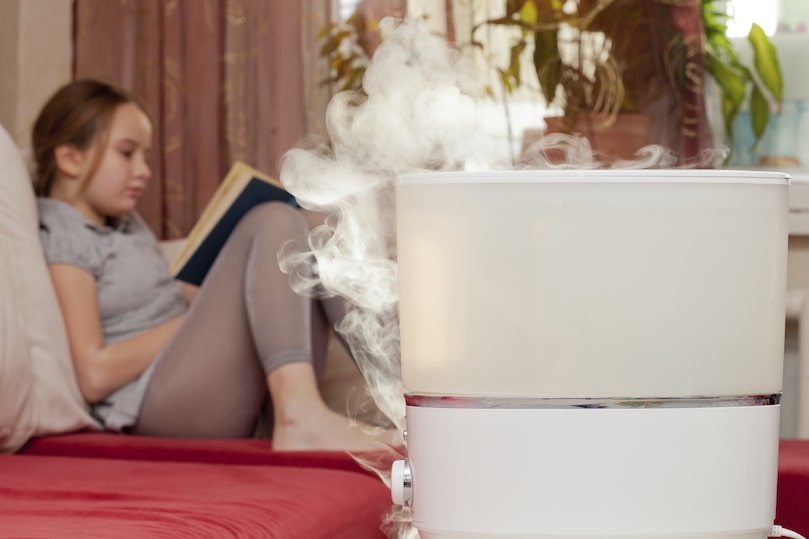Blog
Serving Justin and These Areas
Pepper AC & Heat
112 Leuty St
Justin, TX 76247-4819
Phone: 940-305-6803
Email: [email protected]
License #TACLB020824E
About Pepper AC & Heat
At Pepper AC & Htg Inc, your home comfort is our highest priority. That’s why we offer lasting HVAC systems and quality work in Justin. Our specialists are skilled in a full range of services, so you can have confidence in your results. They’ll provide the help you need, whether it’s putting in a new HVAC system or repairing and maintaining your current unit. We’re available to help with all of your needs, so call us at 940-305-6803 or contact us online to schedule an appointment now.
© 2025 Pepper AC & Heat | All rights reserved












